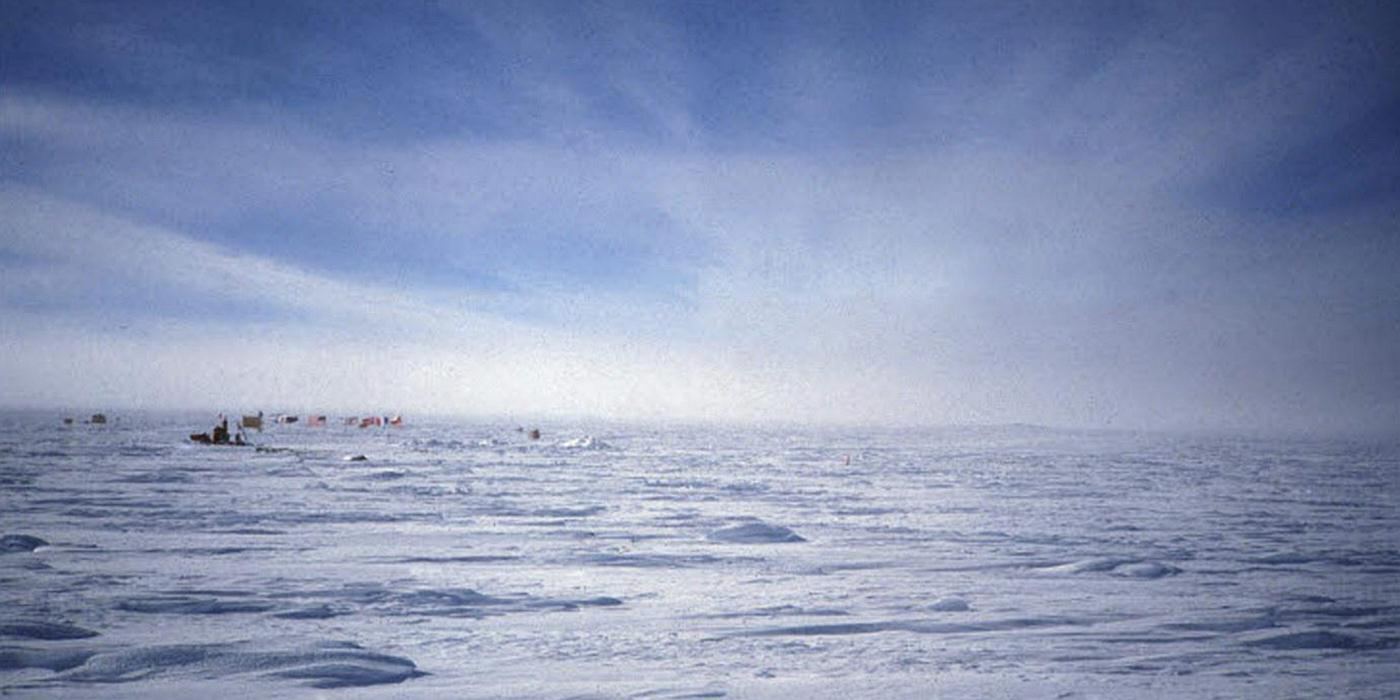This article is an excerpt from Chapter three in my new book The Chicken Little Agenda – Debunking Experts’ Lies. You can find out more about the book here, and can order the book from this link. This is the third of seven parts for Chapter three that will be presented here sequentially. Read part two here.
Chapter 3
The Sun and the Atom: The Only Sources of Electricity
Hydro Power
Humans have captured this energy in different ways for millennia. The ancient Egyptians placed crude paddlewheels in flowing water and used this power to grind wheat into flour and for other purposes. An obvious improvement to this method is to dam a stream to generate a more powerful flow of water that can turn a larger mill or drive a faster machine.
Hydroelectric dams are a modern example of the indirect use of solar energy. Massive amounts of water are stored behind dams, and the water is then allowed to flow through turbine blades on its way to the next lower level. The turbine blades rotate large generators to produce electricity. The water below the dam is once again accumulated behind another dam, and so on, until insufficient drop remains to produce meaningful power, or until the geography no longer permits further cost-effective accumulation of water.
Even energy extracted from the rising and falling ocean tides ultimately derives at least partly from the sun. Admittedly, this connection is more tenuous, since the moon plays a significant role, and this energy is gravitational instead of solar radiation. This method of power generation exists mainly in experimental setups.
A minor non-solar power source located in certain isolated regions is geothermally generated power. In regions of high geothermal activity, it is possible to harness some of this energy by using pressurized steam or hot water from underground, or by exploiting large temperature differences created by the geothermal activity.
(Part 4 of 7 follows)
© 2006 – Robert G. Williscroft





Sorry, comments are closed for this post.